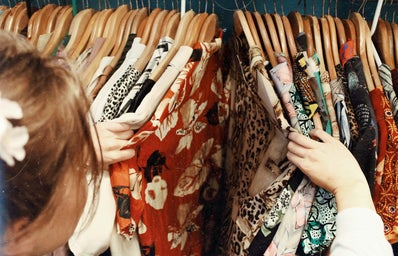From carbon emissions and wastewater, to childhood labor and poverty, the fashion industry has caused a lot of problems.
Fast fashion is a term used in reference to the way clothing businesses quickly produce clothes that replicate the trends and styles created by that of luxury fashion brands. These knock-offs tend to be cheap to buy and even cheaper to produce.
It sounds great on the surface, especially for a consumer culture that values the instant gratification cheap, trendy clothes can bring.
Many people obsess over Instagram influencers and celebrities. We want to be like them and look like them, but most of us can’t afford to regularly shop brands like Prada, LV, or Gucci. That’s where fast fashion comes in.
The fashion industry has built its multi-billion dollar empire on the blood, sweat and tears of impoverished women and children. In fact, the International Labor Union estimates that 170 million children are currently employed by the fashion industry in garment and textile factories. These factories are often referred to as sweatshops, because their practices are illegal and the conditions are dangerous. Furthermore, the women and children are paid an insultingly small wage despite putting in an average of 12 hours a day.
Meanwhile, the percent of global carbon emissions that the fashion industry is responsible for is greater than that caused by all international flights and maritime combined. This statistic alone is frightening, but it doesn’t compare to the issue of water.
The fashion industry is one of the largest consumers of water. Most garments are made from cotton, at least in part, and cotton needs plenty of water to grow. It also needs heat, so farmers have opted to cultivate it in dry and hot climates, which requires even more water than normal for its production. These cotton garments also often need to be dyed, but 200 tons of fresh water is needed for just a single ton of dyed fabric.
The issue isn’t just that they use a lot of water, it’s also what they do with it when they’re done. Wastewater is toxic to animal and human life, and it’s often dumped from factories into rivers. This water contains poisonous substances like lead, arsenic and mercury. Ultimately, this equates to polluting the oceans and seas.
So, how can you help?
Ditch any form of fast fashion if you can. Resale shops are a great alternative because the clothes can still be trendy and affordable, just second-hand. Also, if you’re done with your clothes, don’t throw them away to be dumped in landfills or incinerated. Resell them, recycle them or donate them to someone in need.



